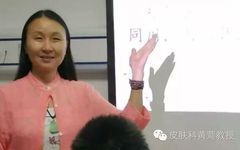Bai Shao (White Peony) and Its Clinical Applications
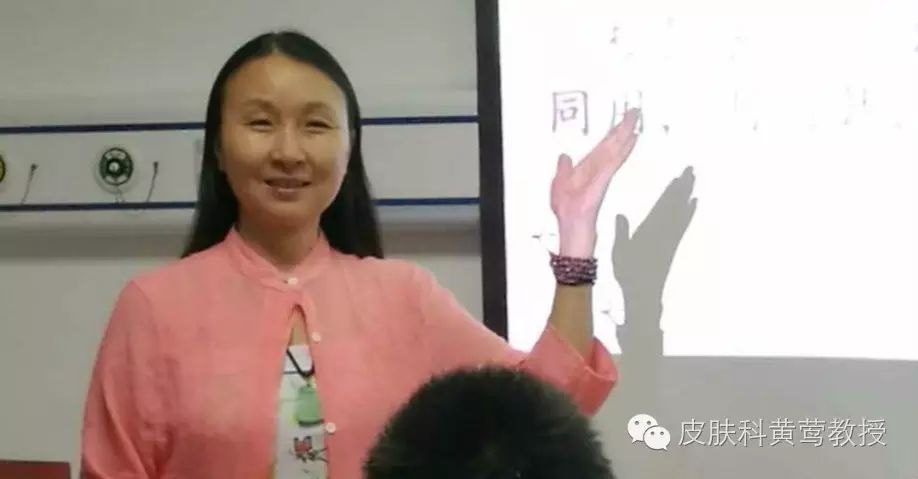
1. Introduction to Bai Shao Bai Shao (白芍), with a bitter and sour taste, is slightly cold in nature and belongs to the liver and spleen meridians. The “Ben Cao Bei Yao” states: “It nourishes blood, drains the liver, benefits the spleen, and treats abdominal pain due to blood deficiency.” According to the “Zhu Zhi Mi Jue”: Bai Shao has six uses: it calms the spleen meridian, treats abdominal pain, collects stomach qi, stops diarrhea and dysentery, harmonizes blood vessels, and consolidates the protective layer. The difference between raw Bai Shao and fried Bai Shao: raw Bai Shao primarily nourishes blood and softens the liver, restrains yin and stops sweating, often used for treating spontaneous sweating, night sweats, yin deficiency with fever, irregular menstruation, and excessive vaginal discharge; fried Bai Shao is better for strengthening the spleen and stomach, alleviating acute pain, often used for treating spleen and stomach deficiency cold, and cold pain in the stomach area.
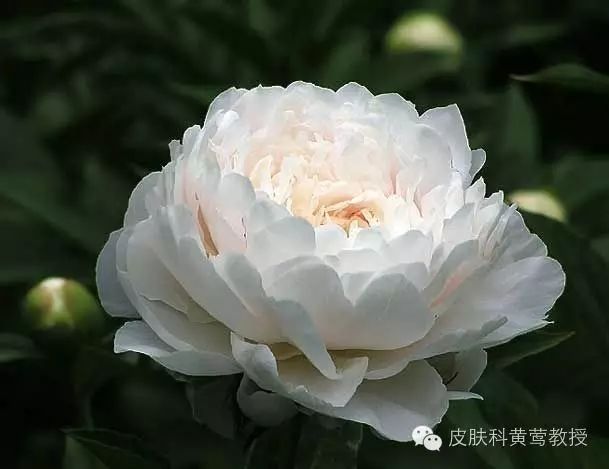
2. The Compatibility Effects of Bai Shao
The compatibility effects of Bai Shao include: restraining yin and harmonizing the nutrients, alleviating acute pain, regulating menstruation and stabilizing pregnancy, soothing the liver and relieving depression, stopping diarrhea and dysentery, clearing heat and nourishing yin, draining heat and promoting bowel movements, calming liver yang, facilitating urination, and preventing damage to the righteous qi.
Among these, the effect of alleviating acute pain can be extended to common skin conditions such as pruritus.
About “Pruritus”
“When the evil qi is slight, it cannot impact to cause pain, hence only pruritus occurs.”——”Zhu Bing Yuan Hou Lun · Wind Pruritus Pattern”
“If deficient, then pruritus occurs.”——”Ling Shu · Meridians”
The ancients believed that “itching is the gradual onset of pain, and pain is the extreme of itching”; the difference between itching and pain lies in the degree of qi and blood stagnation, with mild cases being itching and severe cases being pain. The defensive qi protects the skin surface and nourishes the hair. If external evils invade and internal evils disturb, it leads to stagnation of the defensive qi, causing qi stagnation and blood flow obstruction, resulting in closed pores, malnourished skin, and unbalanced qi and blood, leading to pruritus. If the patient experiences liver dysfunction, qi stagnation becomes more severe; if the lung fails to descend, the defensive qi cannot disperse, leading to further qi stagnation and blood stasis. Professor Huang Ying believes that chronic pruritus should be treated from both deficiency and stasis perspectives. Chronic illness enters the collaterals, often leading to deficiency and stasis, harming the righteous qi; qi stagnation can lead to blood stasis, and qi deficiency can also lead to blood stasis. Those with qi deficiency and blood stasis may also experience blood flow obstruction, malnourished skin, and unbalanced qi and blood, resulting in pruritus. Therefore, in the differentiation of pruritus, the close relationship between itching and pain with qi and blood stagnation should be emphasized, especially in chronic pruritus cases. Modern medicine considers both pruritus and pain as protective measures; pain triggers a flexor reflex, while pruritus triggers a scratching reflex. Scratching can activate low-threshold mechanoreceptors, stimulating myelinated A-type nerve fibers, which through presynaptic or postsynaptic inhibition mechanisms suppress the neural circuits in the spinal gray matter, temporarily controlling pruritus. Pruritus can also activate pain receptors, increasing pain perception and reducing itch sensation, but scratching can increase the release of inflammatory mediators and stimulate C fibers, leading to more pruritus and scratching. This persistent itch-scratch cycle complicates treatment, and successful treatment must first interrupt this cycle.
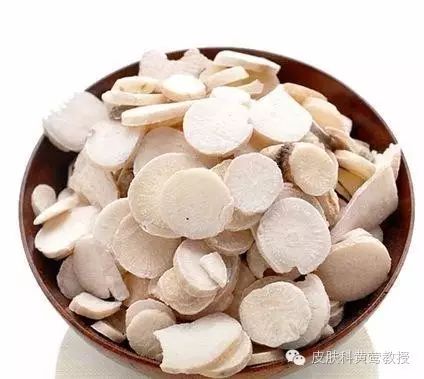
3. Pharmacological Research 1. Coronary artery dilation and blood pressure reduction: d-catechin and ethyl gallate have antithrombotic and antiplatelet aggregation effects. 2. Liver protection: It has significant protective effects against liver damage caused by carbon tetrachloride, aflatoxin B1, and D-galactosamine; total glycosides of Bai Shao can enhance insulin sensitivity and anti-fatty liver effects in rats with fatty liver. 3. Kidney protection: Total glycosides of Bai Shao (50, 100, and 200 mg/kg) significantly reduce glomerular volume, and the 100 and 200 mg/kg groups significantly reduce vascular interstitial damage in diabetic mice. It can greatly improve the loss of deoxycorticosterone expression in the glomeruli caused by diabetes; at the same time, total glycosides of Bai Shao can reduce the albumin excretion rate in diabetic rats, possibly related to the upregulation of deoxycorticosterone expression in the kidneys. 4. Antispasmodic: It inhibits intestinal and gastric motility and significantly counteracts oxytocin-induced uterine contractions. 5. Analgesic: It can suppress mouse writhing, vocalization, and hot plate responses, has a synergistic effect on morphine-induced writhing response, and can counteract seizures caused by pentylene tetrazole. 6. Immune modulation: It exhibits a bidirectional regulatory effect, promoting at low concentrations (<0.4 μg/mL) and inhibiting at high concentrations (>0.4 μg/mL). 7. Affects cell proliferation: Paeoniflorin has a clear inhibitory effect on the expression of NF-κB in gastric cancer SGC-7901 cells. 8. Antidepressant: Bai Shao alleviates depression symptoms induced by chronic unknown stress. 9. Anti-inflammatory: Total glycosides of Bai Shao at doses of 25, 50, and 100 mg/kg significantly inhibit secondary inflammatory responses; the 50 and 100 mg/kg groups significantly reduce levels of IL-1, PGE2, and TNF-α in macrophage-like synovial cells; the 25 mg/kg group can also reduce PGE2 levels in macrophage-like synovial cells.4. Effective Applications of Bai Shao in Treating Skin Diseases Bai Shao can be effectively used based on differentiation for: chronic dermatitis and eczema, systemic lupus erythematosus, oral lichen planus, idiopathic thrombocytopenic purpura in the elderly, psoriasis, chronic urticaria, Sjögren’s syndrome, recurrent oral ulcers, hormone-dependent dermatitis, alopecia areata, dermatomyositis, vitiligo, discoid lupus erythematosus, Behçet’s disease, herpes zoster, palmoplantar pustulosis, acne, allergic purpura, etc.
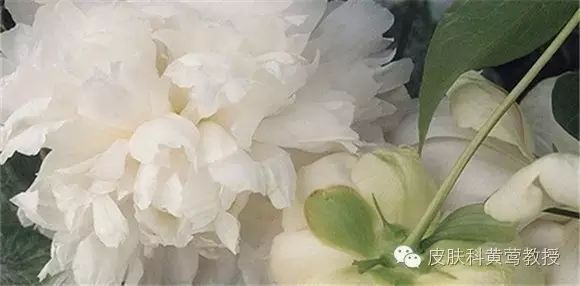
5. Adverse Reactions and Management Clinically, the most concerning aspect for practitioners is not only the efficacy of Bai Shao, but its ability to drain heat and promote bowel movements, which can lead to diarrhea as a “side effect,” often confusing patients and practitioners. 1. Causes of Diarrhea Due to Bai Shao’s bitter and cold nature, it is often used in some purgative formulas to achieve the effect of promoting bowel movements: such as Ma Zi Ren Wan, used for treating constipation due to dryness of fluids and hard stools. Modern pharmacological studies have proven that Bai Shao can promote the peristaltic movement of the large and small intestines, increase the water content in the intestines, and allow the large intestine to secrete a gel-like substance to lubricate the intestines, thus causing diarrhea. 2. Solutions: a. Combine with glycyrrhizin preparations: the two herbs together can reduce the degree of diarrhea caused by Bai Shao; b. Combine with compound berberine tablets: 2-4 tablets three times a day; c. Combine with complex vitamin B: 3 tablets three times a day; d. Combine with Shen Ling Bai Zhu Wan: 8 pills each time, three times a day, to prevent diarrhea; e. Reduce the dosage: 2 pills three times a day, and when diarrhea alleviates or the body tolerates, restore to the original dosage of three times a day.
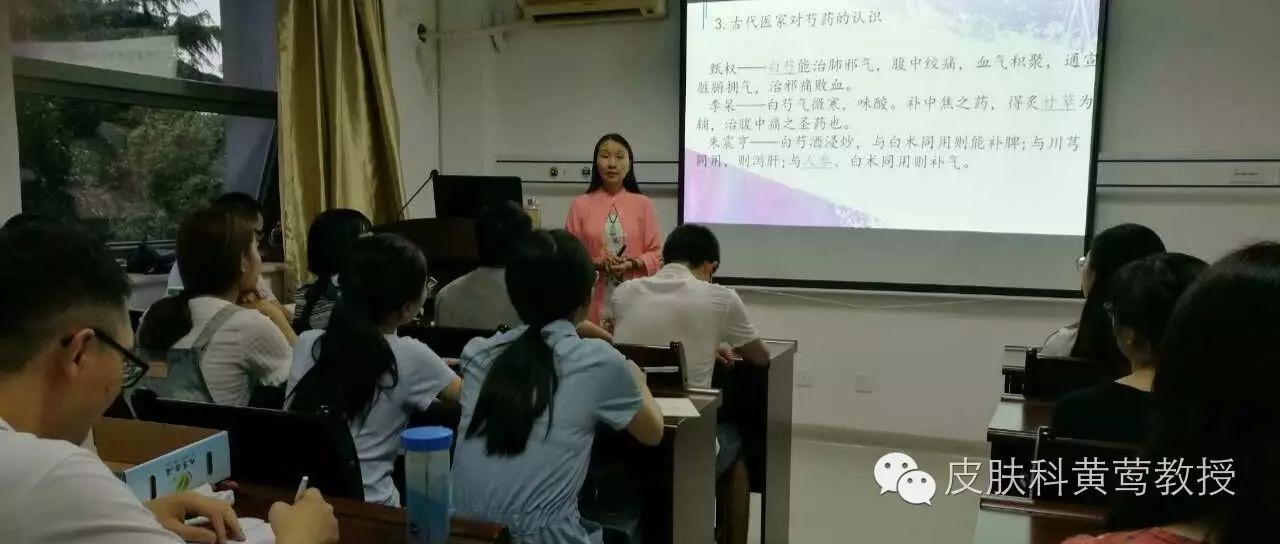
Professor Huang Ying’s Consultation Hours
Chengdu University of Traditional Chinese Medicine Affiliated Hospital
Monday morning and afternoon, Wednesday morning, Friday morning, Sunday morning and afternoon
Chengdu Quan Yi Tang Appointment Phone (appointments can be made two weeks in advance):
028-69953520(Address: No. 51, Jinyang Road, Qingyang District, Chengdu)
Every Tuesday from 17:30 to 22:30
Pian County Traditional Chinese Medicine Hospital Famous Doctor’s ClinicAppointment Phone 028-87922056
Every Tuesday morning from 8:30 to 12:00
【Share】: Click the top right corner “…” to share to Moments
【See More】: Click the top right corner “…” → View public account → View historical messages
【Follow】: Long press the following QR code to recognize it and follow.


